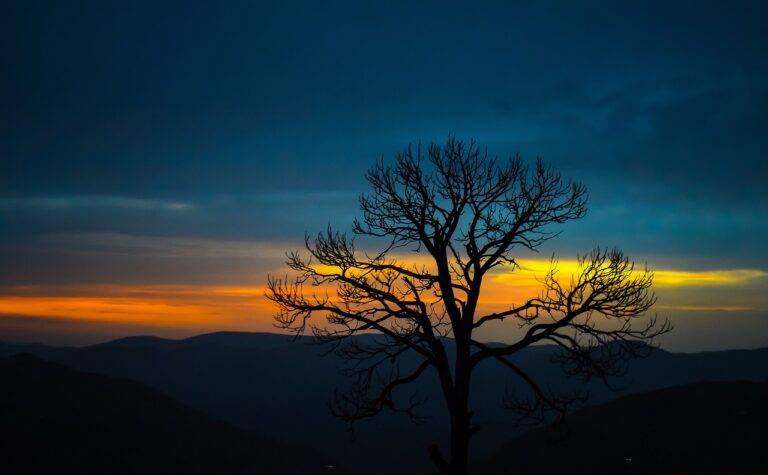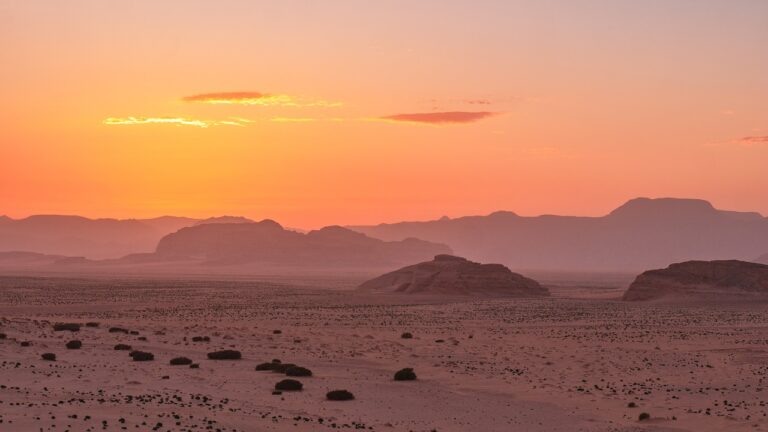Traveling for Wildlife Migration: Witnessing Nature’s Spectacles Across Continents
Each year, millions of animals around the world partake in the awe-inspiring phenomenon of migration. This instinctual journey plays a vital role in the survival of countless species, as it allows them to escape harsh weather conditions, find better food sources, or reproduce in more favorable habitats. Through migration, animals are able to adapt to changing environments and ensure the continuation of their species.
Migration also has a significant impact on ecosystems and biodiversity. As animals move from one area to another, they help in the dispersal of seeds, nutrients, and even parasites, which contributes to the health and balance of various habitats. Furthermore, the presence of migratory species in different regions can enhance genetic diversity and strengthen overall resilience to environmental changes. Wildlife migration thus serves as a crucial ecological process that sustains the interconnectedness of life on Earth.
The Great Wildebeest Migration in Africa
Every year, millions of wildebeests, zebras, and gazelles embark on a remarkable journey across the vast savannas of East Africa. This cyclic movement, known as the Great Wildebeest Migration, is considered one of the most awe-inspiring natural events on the planet. The migration is primarily driven by the search for fresh grazing lands and water sources as the animals follow the rains in a continuous loop between Tanzania’s Serengeti National Park and Kenya’s Maasai Mara National Reserve.
During this epic migration, the savannah plains come alive with a sea of hooves and dust clouds as the herds move in unison, braving numerous challenges along the way. From crossing treacherous rivers teeming with hungry crocodiles to facing predators lurking in the tall grass, the animals showcase incredible resilience and determination during their journey. The cyclical nature of the Great Wildebeest Migration not only sustains the delicate ecosystem of the region but also provides a spectacle that leaves visitors in awe of the wonders of the natural world.
The Monarch Butterfly Migration in North America
Monarch butterflies undertake one of the most captivating natural journeys in North America. Each year, these delicate creatures embark on a remarkable migration spanning thousands of miles. Starting from their breeding grounds in Mexico, the monarch butterflies travel all the way up to the United States and Canada.
During their migration, the monarch butterflies navigate through varying landscapes, crossing vast distances to reach their destination. They rely on their innate sense of direction and the position of the sun to guide them along their awe-inspiring journey. Despite their small size, the monarch butterflies exhibit incredible resilience as they weather challenges such as weather fluctuations and predators along the way.
Why do monarch butterflies migrate in North America?
Monarch butterflies migrate in North America in order to avoid harsh winter temperatures and find suitable breeding grounds.
How far do monarch butterflies migrate?
Monarch butterflies can migrate thousands of miles, from as far north as Canada to as far south as Mexico.
How do monarch butterflies navigate during migration?
Monarch butterflies use a combination of environmental cues, such as the position of the sun, magnetic fields, and landmarks, to navigate during migration.
How long does the monarch butterfly migration typically last?
The monarch butterfly migration typically lasts from late summer to early fall, with the return migration in the spring.
Why is the monarch butterfly migration significant?
The monarch butterfly migration is significant as it showcases the incredible feat of these small insects and highlights the importance of conservation efforts to protect their habitat.





